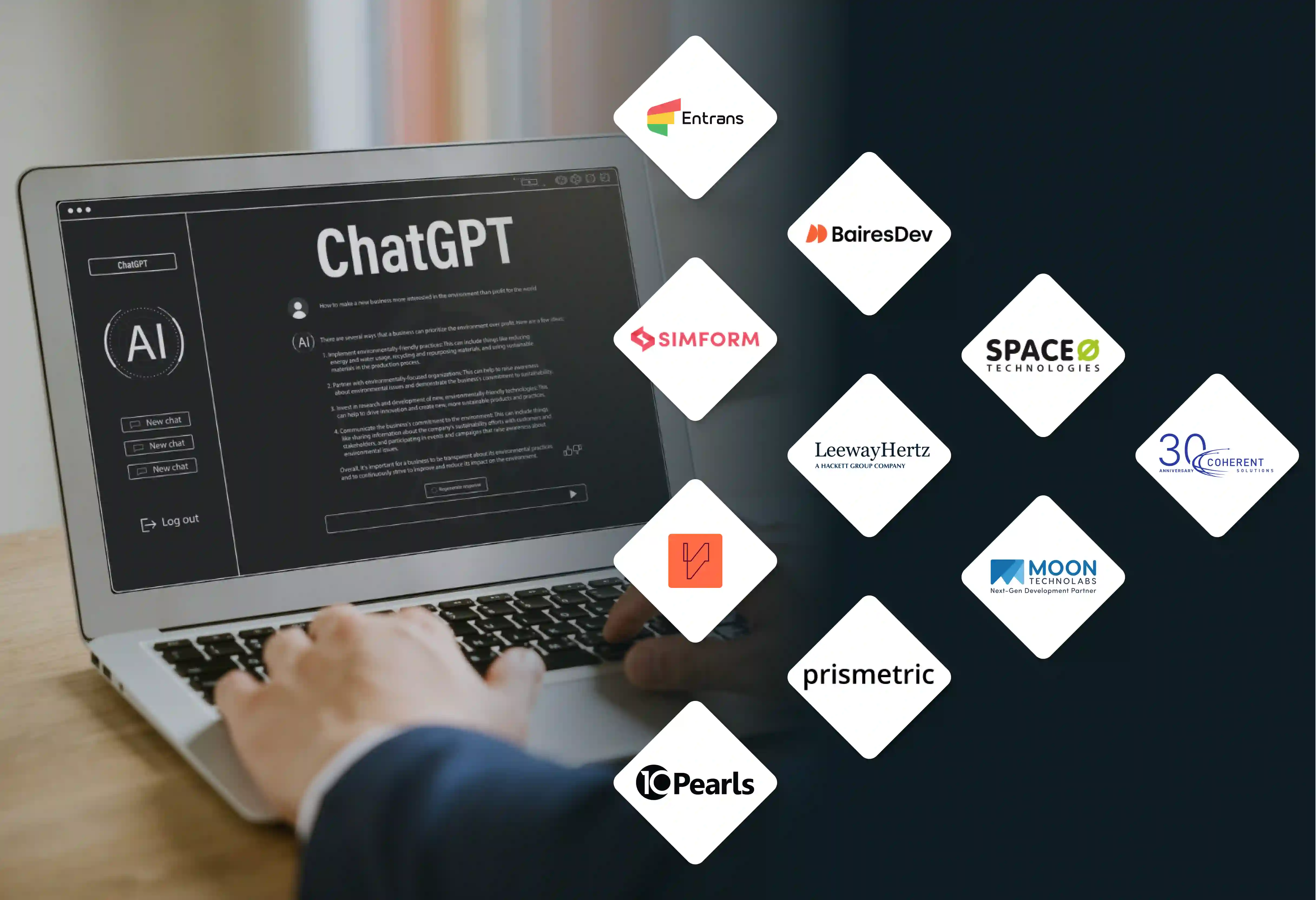


MongoDB falls behind as application logic becomes more complex. It also has additional disadvantages, such as inconsistent data, transaction limitations, inconsistent structures, and costly joins.
To overcome these challenges, we need to move to a more powerful relational database system like Postgres( or PostgreSQL). Migrating from MongoDB to Postgres will provide stronger ACID compliance, advanced SQL support, and richer analytics capabilities. In addition to that, Postgres offers relational integrity and powerful query performance.
In this article, we will explore the steps to migrate MongoDB to Postgres safely and how to achieve zero downtime.
Yes, migrating from MongoDB to Postgres is a strategic business decision. Consider migrating to Postgres for the reasons below.
The two main migration methods for moving data from MongoDB to Postgres
Pre-migration assessment and planning are critical steps for a successful MongoDB to Postgres migration.
The step-by-step MongoDB to Postgres Migration process involves the steps below.
Understand the MongoDB structure, collections, document schemas, and data sizes. Hereby, we understand the relationships and data types.
Set up the Postgres database server and configure storage, compute, and networking based on the capacity planning assessment. Define tables, primary keys, and foreign key relationships. Create necessary tables with appropriate data types and constraints. Consider using Postgres JSONB types if some document flexibility is needed.
Consider choosing from any of the two migration methods, like manual scripts or ETL tools. For one-time migration, use manual scripts, and for bulk transfer, use ETL tools.
Use mongoexport to export data from MongoDB collections into JSON or CSV format. Flatten nested structures into related tables. Execute ETL pipeline to load a complete, initial snapshot of your data from MongoDB into Postgres.
Using the Postgres copy command, start importing data files. Insert transformed data into relational tables. Create required indexes to improve query execution.
Verify that all the data has been accurately migrated and that relationships between tables are correctly established. Compare sample queries between the MongoDB and Postgres databases. If any mismatches occur, resolve them immediately.
Modify your application code to connect to the Postgres database. Rewrite the MongoDB-specific queries to use SQL syntax.
Schedule a downtime period for the final cutover of the MongoDB. Closely monitor the Postgres and application after the cutover to identify and address any issues.
Continuously monitor application and database performance. Track query performance, index utilization, and optimize the workload.
MongoDB to Postgres migration needs careful consideration of data mapping between them. The common data patterns are
Several tools and technologies facilitate smooth migration from MongoDB to Postgres.
Testing, validation, and Performance tuning are essential to ensure data integrity, application functionality, and business continuity. Testing is essential to ensure the accuracy and stability of the data. Run sample queries for both MongoDB and Postgres.
Validation includes reviewing schema constraints, data types, and handling of values that may behave differently between document and relational databases. Perform a count comparison between the MongoDB collections and Postgres tables. Performance tuning is crucial because relational join operations in Postgres differ from those in MongoDB. Postgres features such as EXPLAIN ANALYZE and query statistics help to identify bottlenecks.
Common risks in migrating from MogoDB to Postgres include challenges related to schema design, data transformation, data integrity, downtime, and query rewriting.
Perfect planning in MongoDB to Postgres migration ensures zero downtime or near-zero downtime cutover to minimize business disruption. The migration begins with a staging environment to validate data mappings, relational schemas, and application query behavior. Ensure that Postgres is fully synchronized with MongoDB. Verify the data of both MongoDB and Postgres. Once Postgres is stable, change the application’s ability to handle traffic, and change the application’s configuration to read and write to Postgres.
The primary tactic for zero-downtime is continuous replication via CDC and a dual-write/read-pivot strategy. Utilize MongoDB’s oplog and Kafka for continuous incremental data capture and streaming to Postgres. Use Apache Spark to manage backpressure and schema transformations dynamically.
A successful MongoDB to Postgres migration will become successful only when the post-migration steps are taken care of.
MongoDB’s drawbacks make us fall behind. Postgres is the preferred alternative and gives us optimized indexing and powerful extensions. At Entrans, we specialize in MongoDB and Postgres migration services. Our team of experts is dedicated to ensuring a seamless migration with minimal downtime and maximum efficiency. We offer customized solutions based on your business needs, so whether you require a fully managed migration or a more hands-on approach, we have the right expertise to support you.
Planning to migrate from MongoDB to Postgres, Entrans is here to help. Book a 20-minute Consultation today.
Use MongoDB when a flexible, evolving scheme, high write volume, and horizontal scaling are needed..Choose Postgres when you need data integrity, ACID transactions, complex joins, strong relational integrity, and advanced SQL features. Decide it based on the data model, consistency requirements, query patterns, expected scale, and operational skills.
MongoDB is a NOSQL document database, with rapid schema evolution and high-write/denormalized workloads. Postgres is a relational SQL database known for robust ACID compliance, complex joins, strong relational integrity, and advanced SQL features.
MongoDB to Postgres migration will take a few weeks to several months. It depends on data volume, app-change scope, test/validation effort, and schema complexity. Most of the time is taken in re-modeling the flexible MongoDB schema into the structured Postgres tables.
Yes, there are ETL/CDC tools and third-party migration utilities that speed up mapping, and it is recommended for large, complex datasets. A manual script is useful only for one-time migrations with simple data structures.
During the MongoDB to Postgres migration, the application’s performance will be affected for some time. Performance can be tuned depending on query patterns and schema design.
To ensure a zero downtime during the MongoDB to Postgres migration, use change-data-capture (CDC) or continuous replication to stream ongoing writes from MongoDB to Postgres. In this technique, we shift only a small percentage of reads to Postgres, and after it is validated, only MongoDB is decommissioned.






